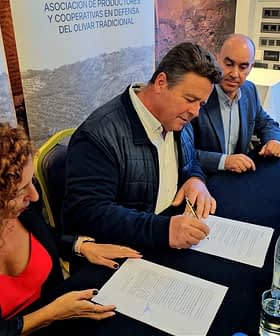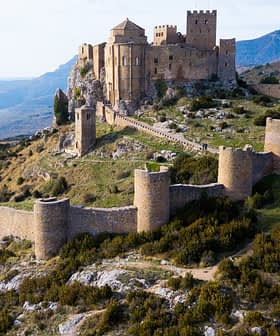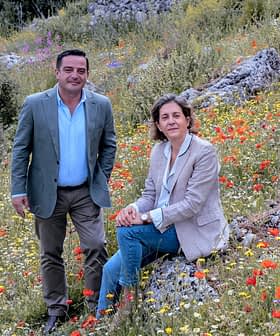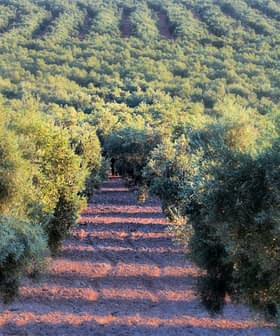Innovative Study Analyzes Soil Loss in Andalusian Olive Groves
A study by the Institute for Sustainable Agriculture and the University Pablo de Olavide in Seville analyzed soil loss in 250-year-old olive groves in Montefrío, Granada, finding an average loss of 29 – 47 tons per hectare per year, indicating an unsustainable process of soil degradation due to historical agricultural practices. The study, published in Agriculture, Ecosystems and Environment magazine, highlights the need for improved farming systems beyond traditional practices to ensure sustainable production of olives in mountain areas.
A joint study by the Institute for Sustainable Agriculture and the University Pablo de Olavide, in Seville, has analyzed soil loss in some olive groves in Montefrío (Granada), planted 250 years ago in sloping areas to quantify loss caused by water erosion and analyze the different types of soil management.
The results, published in Agriculture, Ecosystems and Environment magazine indicate an average loss of between 29 and 47 tons per hectare per year during that period, representing a loss of 29- 40 percent of fertile soil.
The project’s objective was to study the evolution of the different methods of soil management and see how this had influenced the evolution of land loss. What makes this olive study pioneering is that never before had scientists analyzed the process of erosion in such a wide period of time. To achive it, scientists used a combination of experimental measurements of cumulative erosion, erosive process modeling and documentation from historical sources.
Unsustainable loss
According to the study, during the eighteenth and nineteenth centuries, the olive grove management based on animal tillage was far from being sustainable. Farmers lost fertile ground at a high speed: between 13 and 31 tonnes per hectare per year, an unsustainable process that exceeded the rate of soil formation.
Moreover, the intensity of erosion increased dramatically in the 80’s with the intensity of cultivation due to mechanized handling equipment that caused the ground to be bare in the paths of the olive grove. Although results vary on several factors (for example, the slope of the olive grove examined), it is known that there was a loss average of between 29 and 47 tons of soil per hectare per year during that period.
Researchers established eight periods (ranging from 1752 to 2009) depending on the type of tillage with which the olive grove was managed. This way, they could quantify soil loss by crop management through erosion simulation models, which allowed them to obtain a graph of the accumulated losses of soil over 250 years.
Thanks to the collaboration of agronomists and environmental historians, scientists observed historical patterns with considerable variations.
The period of greatest losses occurred between 1980 and 2000 due to lack of cover crops, herbicide use and the increasingly intensive management. However, the period between 1935 and 1970 had the lower rate of erosion, in part due to the use of soil for cereal growing because of the great demand during the autocratic regime of Franco. In relative terms, we could say that during this period of time the study area had lost between 29 and 40 percent of its fertile soil.
However, the crop wasn’t affected by this process of erosion, but on the contrary it’s productivity increased over time due to improved agronomic practices. This disparity between productivity and erosion could be the reason why there has never been an awareness of the effects of soil erosion, which can lead to the loss of a farm’s long-term fertility.
The study was coordinated by researchers at the IAS-CSIC: José Alfonso Gómez Calero and Tom Vanwalleghem (now at the University of Córdoba ), in collaboration with the group Agrarian Transformation, Social Change and Political Articulation in Eastern Andalusia, led by Professor Manuel González de Molina, of the Universidad Pablo de Olavide.
Although the loss of soil due to degradation is a problem that faces many Mediterranean countries, very little is known about trends in long-term erosion and its effects on the sustainability of the olive grove. The results of this study provide a better understanding of the historical evolution of the management of olive groves, while it warns of the need to improve farming systems beyond the traditional practices for sustainable production of olives in mountain areas.











